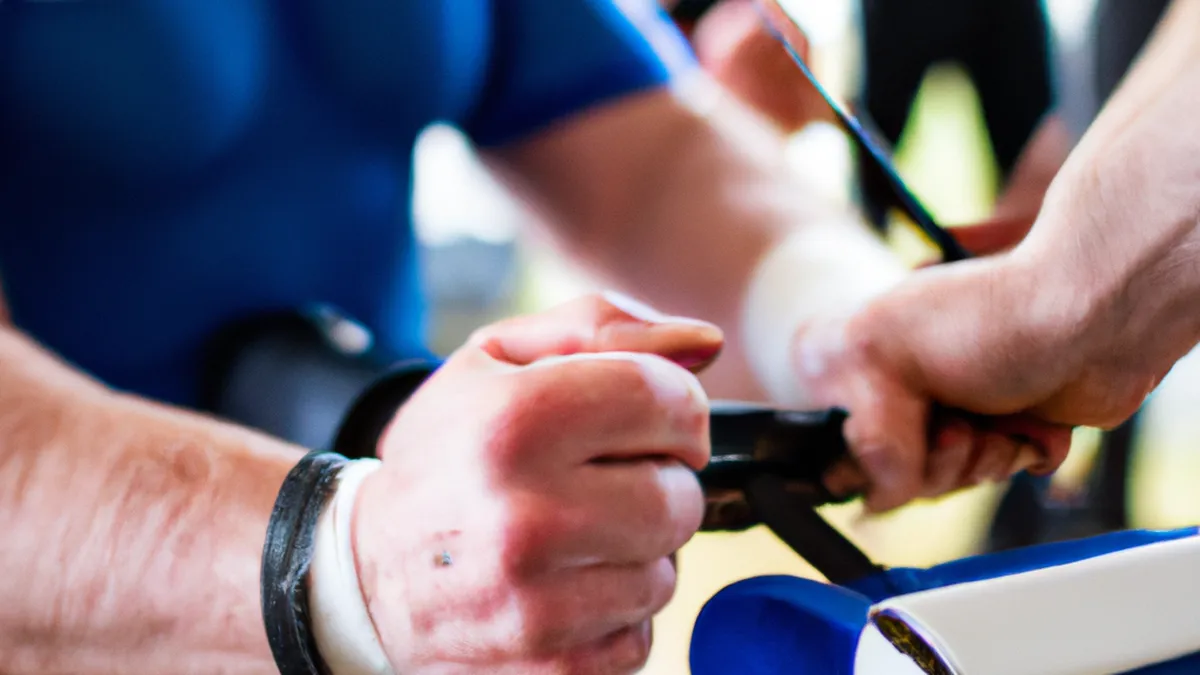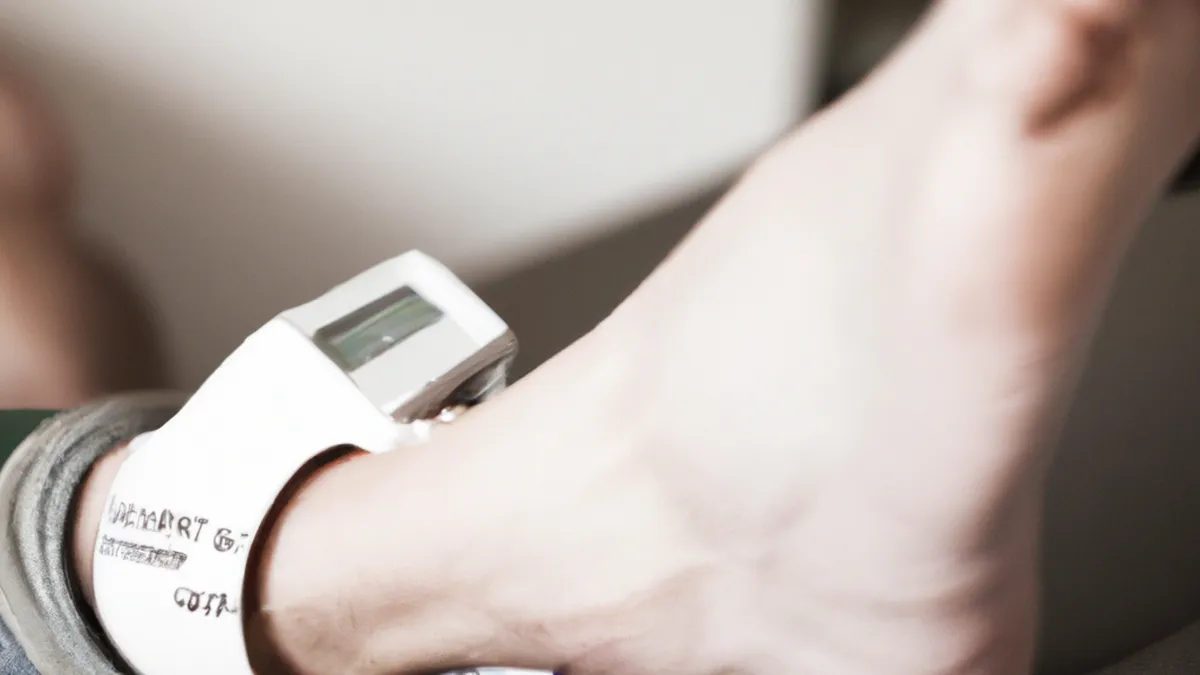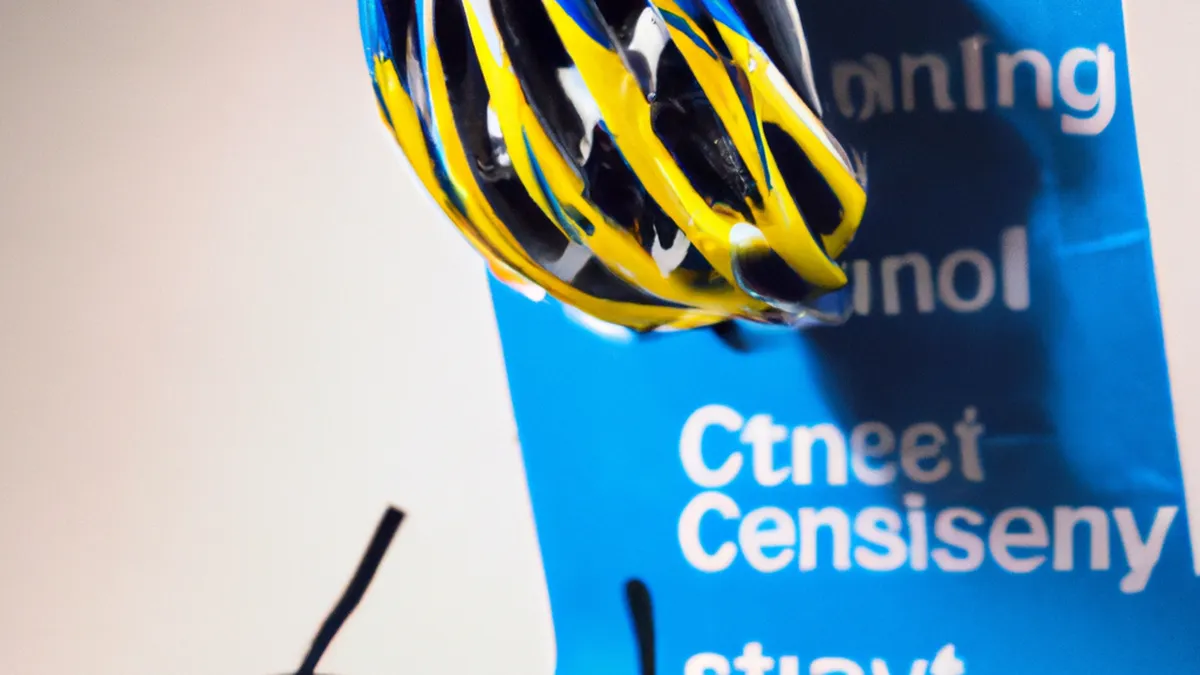Soothe Your Aches: Ice Therapy Insights
Ice Therapy for Acute Injuries: A Comprehensive GuideAcute injuries can happen suddenly from accidents, falls, or sports. Responding effectively minimizes damage and promotes recovery. Ice therapy effectively manages pain and swelling from these injuries. This blog post explores ice therapy’s details, tips, techniques, benefits, and usage, guiding you through acute injuries.
Understanding Acute Injuries
Acute injuries occur suddenly and damage muscles, ligaments, tendons, or bones. Common examples include sprains, strains, fractures, and bruises. When you sustain an acute injury, your body initiates a healing process with increased blood flow to the area. While this response aids healing, it can also cause swelling and inflammation, resulting in pain and discomfort.Ice therapy constricts blood vessels, reducing blood flow to the injured area. This process limits swelling and alleviates pain, making it essential for managing acute injuries.
Tips for Effective Ice Therapy
As an Amazon Associate I earn from qualifying purchases.
Gear tip: consider cold pack, knee brace, and ankle brace to support this topic.
1. **Use Ice Packs Wisely** Apply a cold pack or bag of ice wrapped in a towel. Avoid direct ice contact to prevent skin damage. Apply the ice for 15 to 20 minutes at a time. Allow your skin to return to normal temperature before reapplying. Repeat every hour during the first 48 hours for optimal results.2. **Elevate the Injury** Elevate the injured area above your heart to minimize swelling and improve blood flow. This position encourages excess fluid drainage from the injury site.3. **Stay Consistent** Make ice therapy a regular part of your injury management routine, especially in the first 48 hours. Consistency maximizes therapy effectiveness and promotes faster healing.4. **Monitor Symptoms** Keep a close eye on your symptoms. If pain, swelling, or discomfort worsens despite ice therapy, consult a healthcare professional. Early intervention can prevent complications and ensure a better recovery outcome.5. **Timing Your Ice Therapy** Use ice therapy during the first 48 hours after an acute injury when swelling and inflammation peak. It also benefits chronic conditions, such as arthritis flare-ups or overuse injuries, by managing ongoing pain and inflammation.
When to Use Ice Therapy
Ice therapy works best immediately after an injury. Utilize it during the first 48 hours for maximum effectiveness.
Conclusion
Ice therapy effectively manages acute injuries. Follow these tips to enhance recovery and minimize discomfort.
Below are related products based on this post:
FAQ
What are acute injuries?
Acute injuries occur suddenly and can damage muscles, ligaments, tendons, or bones. Common examples include sprains, strains, fractures, and bruises. These injuries trigger a healing response in the body, which can lead to swelling and inflammation.
How does ice therapy help with acute injuries?
Ice therapy constricts blood vessels, reducing blood flow to the injured area. This process limits swelling and alleviates pain, making it an essential treatment for managing acute injuries effectively.
When should I start using ice therapy after an injury?
Ice therapy should be utilized immediately after an injury and is most effective during the first 48 hours. This timing helps manage swelling and inflammation when they are at their peak.















Post Comment